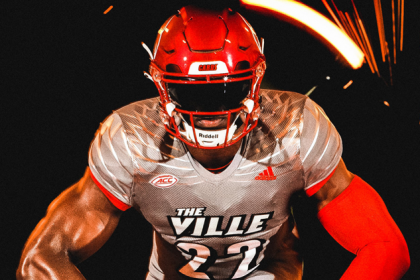Introduction:
A good haircut is more than just a change in appearance; it’s a transformative experience that can boost confidence, reflect personal manetain curly hair, and even influence self-perception. The art and science of haircuts have evolved over centuries, intertwining cultural trends, fashion influences, and scientific advancements. In this article, we will delve into the fascinating world of haircuts, exploring their history, the role of hairstylists, and the science behind achieving the perfect cut.
The History of Haircuts:
The history of haircuts is a rich tapestry that spans across cultures and epochs. Ancient civilizations, such as the Egyptians, Greeks, and Romans, showcased elaborate hairstyles as status symbols and expressions of identity. As time progressed, different eras saw varying trends, from the powdered wigs of the 18th century to the bob cuts of the 1920s.
The Role of the Hairstylist:
Central to the art of haircuts is the skilled professional known as the hairstylist. Hairstylists undergo extensive training to understand the nuances of different hair types, facial structures, and contemporary styles. Their expertise extends beyond cutting; they are also adept at coloring, styling, and providing personalized advice to clients.
Modern hair salons serve as creative hubs where stylists stay abreast of the latest trends, techniques, and tools. The relationship between hairstylist and client is a collaborative one, where effective communication is key to achieving the desired outcome.
The Science Behind the Cut:
While hairstyling may be considered an art form, it is deeply rooted in scientific principles. Understanding the science behind hair and its growth is crucial for achieving precision in cuts. Each strand of hair is composed of a protein called keratin, and its growth is influenced by factors such as genetics, diet, and overall health.
The anatomy of the hair follicle is another critical aspect hairstylists consider. The angle and density of hair follicles impact how hair lies on the scalp, influencing the texture and overall appearance. Additionally, the elasticity and porosity of hair vary from person to person, affecting how it responds to cutting, styling, and chemical treatments.
Tools of the Trade:
Hairstylists employ an array of tools to achieve the perfect cut. Scissors, clippers, razors, and various styling implements are carefully chosen based on the desired outcome and the client’s hair type. Advanced technology, such as laser-guided cutting tools and 3D imaging, has also made its way into the industry, offering precision and customization.
Conclusion:
A haircut is more than just a routine grooming ritual; it is an artful expression of individuality and style. The journey from ancient civilizations to modern salons showcases the ever-evolving nature of haircuts, blending tradition with innovation. Hairstylists, armed with both artistic flair and scientific knowledge, play a pivotal role in helping individuals look and feel their best. So, the next time you sit in that salon chair, remember that your haircut is a masterpiece in the making, crafted by the skilled hands of a hairstylist who understands the delicate balance between art and science.


